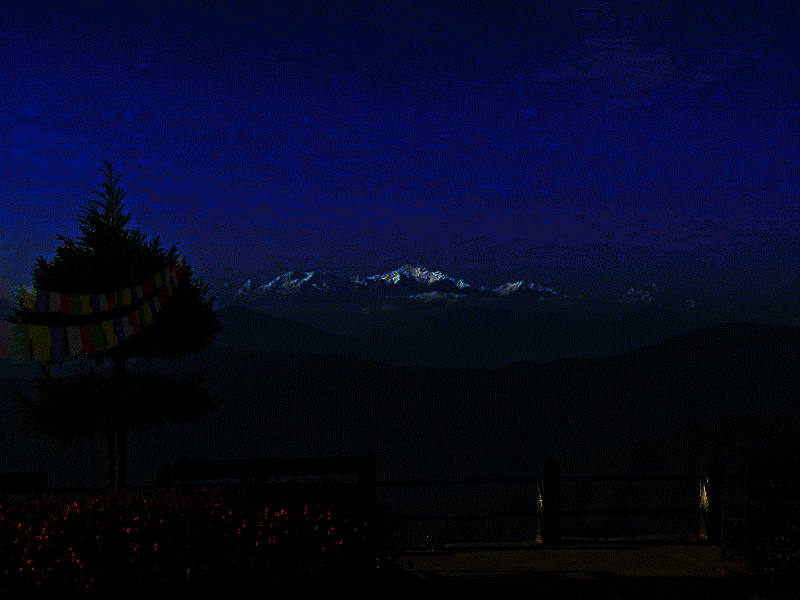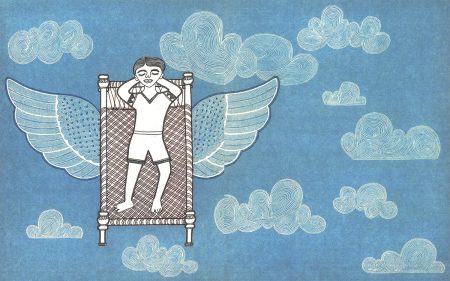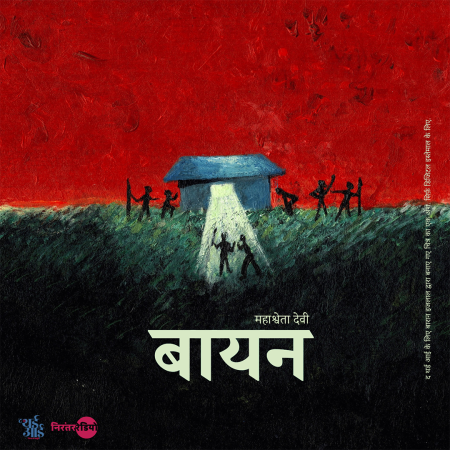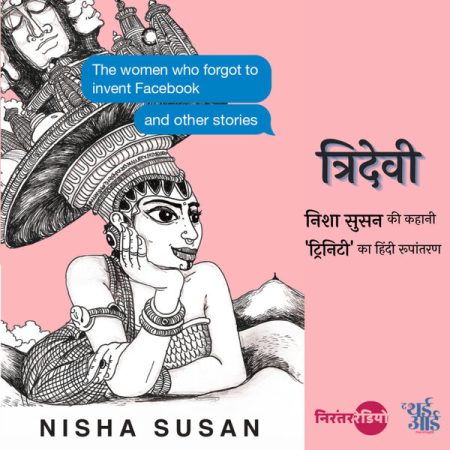This is my exploration of the town through the lens of four individuals whose histories and future pasts have been enmeshed and entangled with the growing town around them.
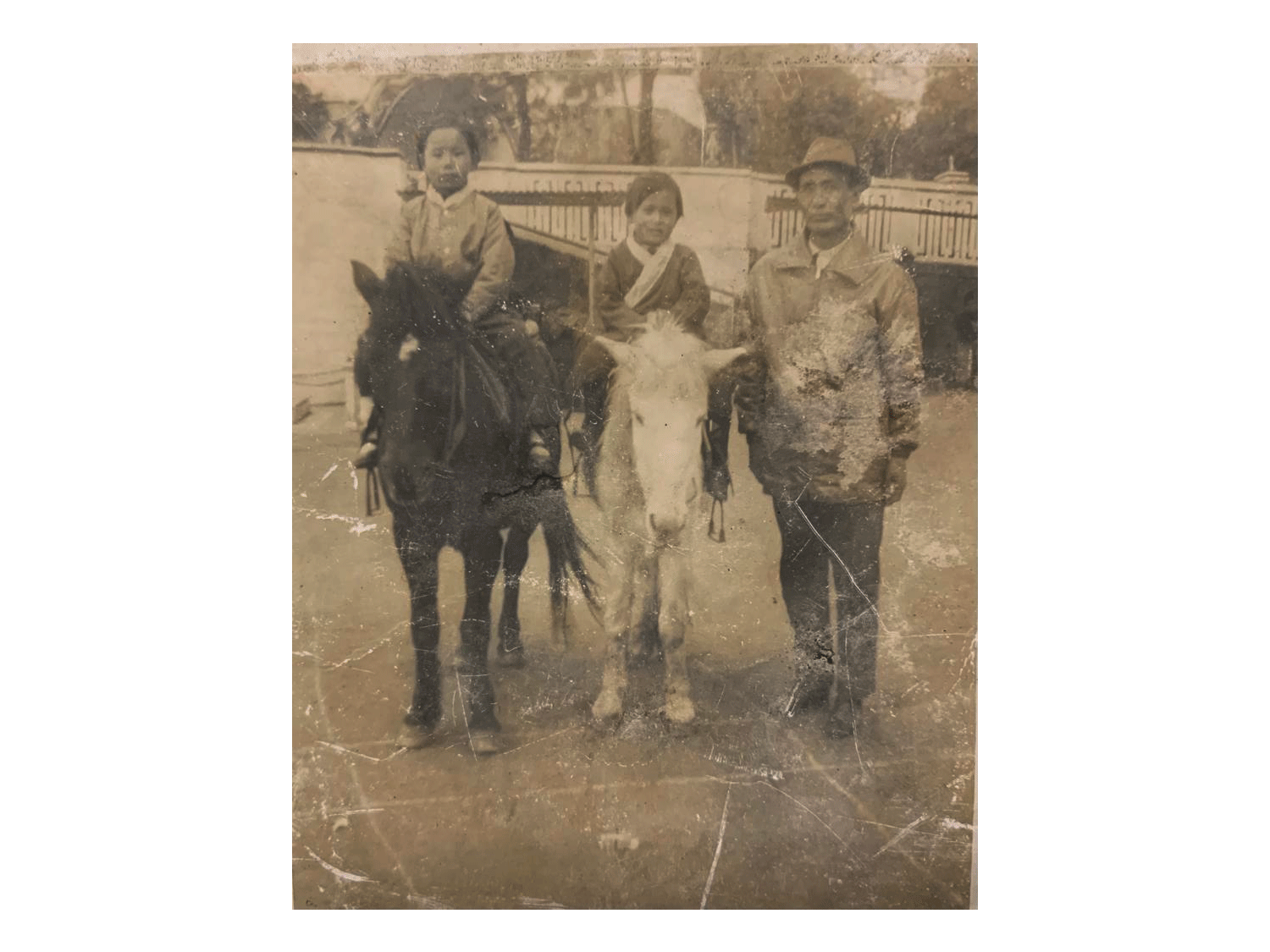
Belonging and homes
“One of the most striking images I remember is the early morning walk to school, the view of Kanchenjunga, and golden marigold flowers,” Harish* says, revelling for a while in the town of his childhood. “It was my grandfather who came to Darjeeling almost 60 years ago from Rajasthan.” Harish belongs to the small Marwari community residing in the hills. “Many Marwaris are relocating to Delhi and Siliguri. A steady decline in business profits as well as the constant othering of the Marwari community seem to be the main reasons behind it.”
As he says,
“Belongingness within a town happens because of the people. Without people, there is no value of the town per se.”
Tashi*, a Tibetan businesswoman in her late 50s says, “It is winter, so business is going okay because it is mostly tourists who purchase from my shop. Otherwise, I usually come home early.” She used to have a temporary shop opposite the iconic Keventers, where she would sell sweaters. “We were then asked to shift to the Mall Road because they wanted to construct other shops. Honestly, I liked it much better there (near Keventers).” In the past five years, the town has seen a restructuring of spaces: many new stores and shopping complexes for tourists have sprung up. Harish also mentions the innumerable cafes that have mushroomed – from his all-time favourite Nerdvana to The Patio. “All of them give the best view from different perches across town.”
Tashi was born on the way to Darjeeling as her pregnant mother fled the Chinese occupation of Tibet, her story emblematic of the transient nature of homes we carry within ourselves. Asked about the places she connects with most in Darjeeling, her immediate reply is, “Monasteries. I tend to visit them often.”
Spaces and community
“I am a product of a mixed caste marriage. My grandfather was a member of the Arya Samaj; he never opposed my mom’s marriage with an individual from the lower caste,” says Santosh.* He is in his early 60s and belongs to the Nepali Dalit community. “When we were growing up, we used to visit our friends’ homes who celebrated Losar. I remember getting tipsy after drinking chyang (an alcoholic drink).”
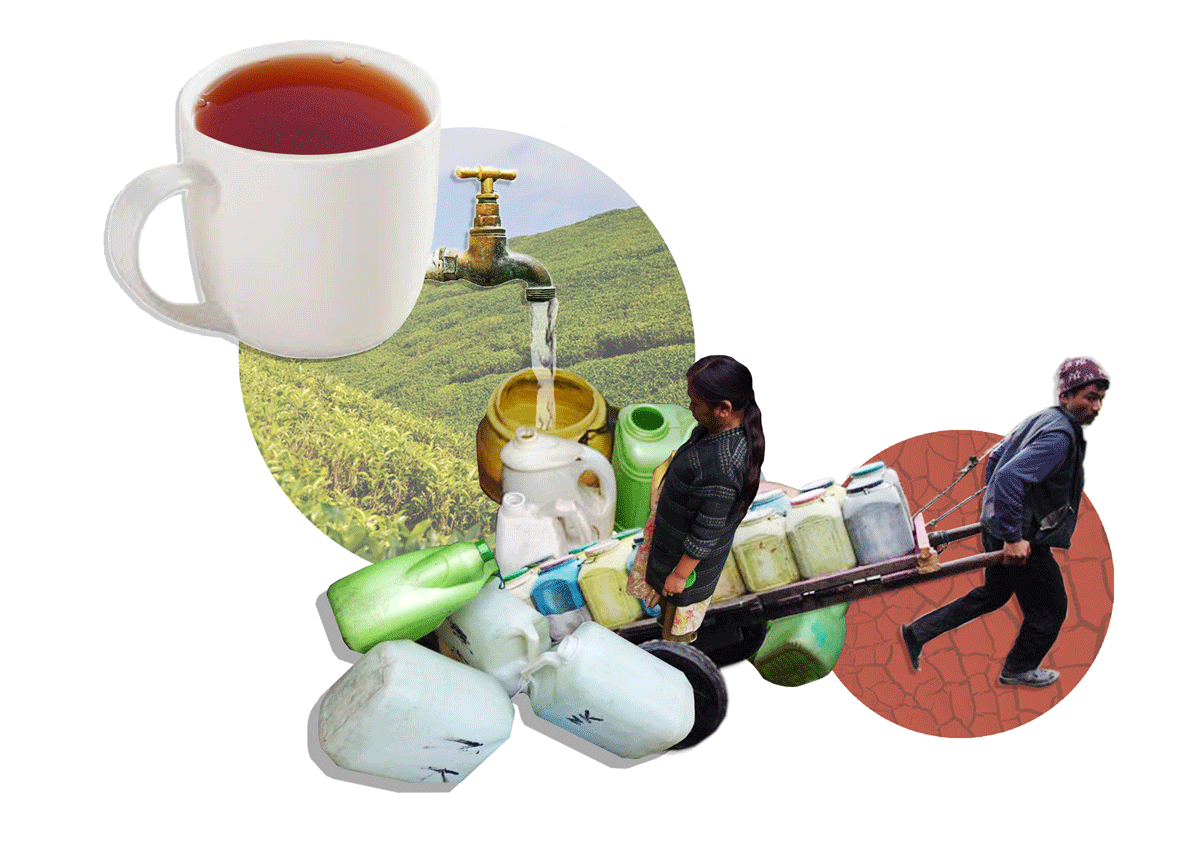
I was too naive to understand his action that time; to understand how my hands were related to a particular community.”
I sense a conflict in Santosh’s tone. “I know how they treat me. I have seen the manner in which I have been served in homes and how my friends from other communities are being treated. But I have never been the one to bow down to anyone nor shy away from my identity.”
He has had his own experience with activism and working for social justice.
“I think most people have forgotten but almost 15 years ago, an individual from our community had committed suicide after facing endless harassment based on his caste identity.
His suicide note also explicitly mentioned the form of harassment and named his harassers. We had protested and taken out rallies to get the culprits arrested. They were arrested eventually; but after a week, they got out on bail.”
“Things are much better now,” he continues, with his characteristic optimism, “It is not as bad as it used to be. I want the youth to have more conversations around caste identity so that they are aware, unlike me. It took me some time to figure out why certain things were happening with me.” Santosh, in addition to being a tailor, is also an artist. “Once, for an event, we had to visit Mirik. At the venue, I saw that the Naumati Baja artists were not sitting on the sofa but squatting on the floor. This enraged me. I pulled one man up by his shirt and made him sit on the sofa.”
Today, while he is allowed to enter homes, he knows that in the margins of Darjeeling like Pandam Basti, untouchability is still practised. Even individuals from communities not based on caste divisions seem to end up following caste practices. Tashi also shares that while her parents were Tibetan refugees, they still practised untouchability.
That sense of home
“She spent her entire life in Nepal. She never visited Darjeeling because for her, the town was Muglan (India), a word associated with loneliness and abandonment.
The town was seen as a point of no return,” says Ramesh. “It was difficult to stay connected back then. Back in her village in Nepal, it took several weeks and sometimes months for my grandmother to receive any communication from my grandfather.”
Ramesh has a complicated relationship with his community within the town. “We are not [part] of the Thami community here because we are Christian converts.” The Thami community he belonged to followed Hinduism with shamanist influence; after converting, his family stopped performing those rituals and rites. Ramesh turns pensive. “We have become distanced since, as a family, we have given up many of the festivities and the customs we earlier participated in. Neither do the Samaj members ask after our absence from their social gatherings nor do we prefer to be part of the activities of the community anymore.”
Tashi, on the other hand, has very strong ties to her community. While looking for a house, one of her main criteria is to choose a place near the Tibetan community. “It is always easier to communicate when I have Tibetans living around me, it makes me feel at home.” She reminisces about the few years she lived in the Tibetan Settlement at Bir in Himachal Pradesh. “Given the chance, I would love to go back. I came back to Darjeeling for my children’s education. Now they are all well settled in life and I am at home in Darjeeling but Bir will always be special. I am getting older, and the number of monasteries in Bir is greater, which makes me think of that place often.”
To belong or not to belong
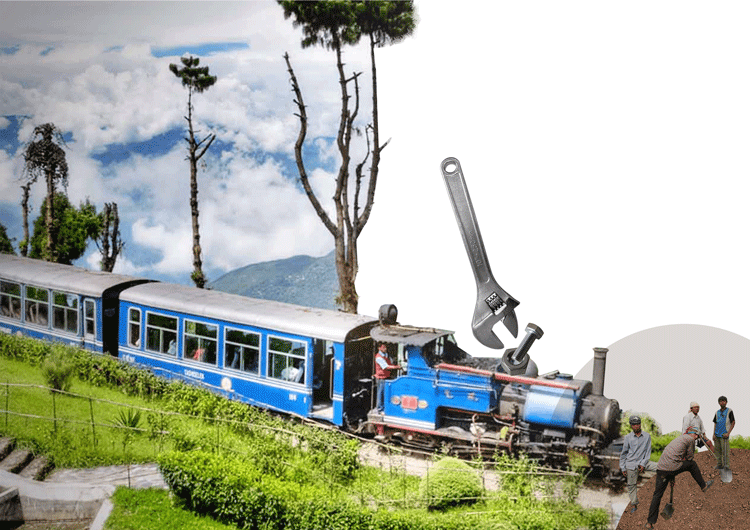
“Many of the porters working in the gas agencies are young men. Sometimes, by mistake, they end up charging a few extra rupees,” says Ramesh who used to work as one. Porters are mostly from the Thami community. “Tima haru Nepal bata ayeko hamilai tagnu?” (Have you all come from Nepal to trick us?) is a comment that most of us who worked as porters have heard. We are treated as if we are aliens who have come from Nepal with the intention to cheat the local people.”
He pauses for a few seconds, gathers himself, and continues, “We do not hear these comments every day, but have heard them in the past and it hurts us to know that our Nepali community disowns us. The Thami community still has a long way to go. Education is still not given priority within families. Many children drop out after Class 8 and are forced into manual labour.” He currently works in the office of the gas agency where he was employed as a porter earlier. Throughout our conversation, he insists that had he not missed out on education early on, he would have been able to provide a better life for his family.
These distinct narratives all arise from one town and vary through age, gender, caste, ethnicity and class, and religion. Darjeeling is a canvas on which multiple memories of trauma and joy are painted, unlike the conventional picture of this tourist town shown in Google or on postcards in Das Studio**.
Names have been changed.
*Naumati Baja is a group of nine traditional musical instruments played during auspicious occasions.
**Das Studio is an photo store and studio in Darjeeling and has become an iconic space but also known for its unique and uneuqalled photo collections of the town from the 1800s.


